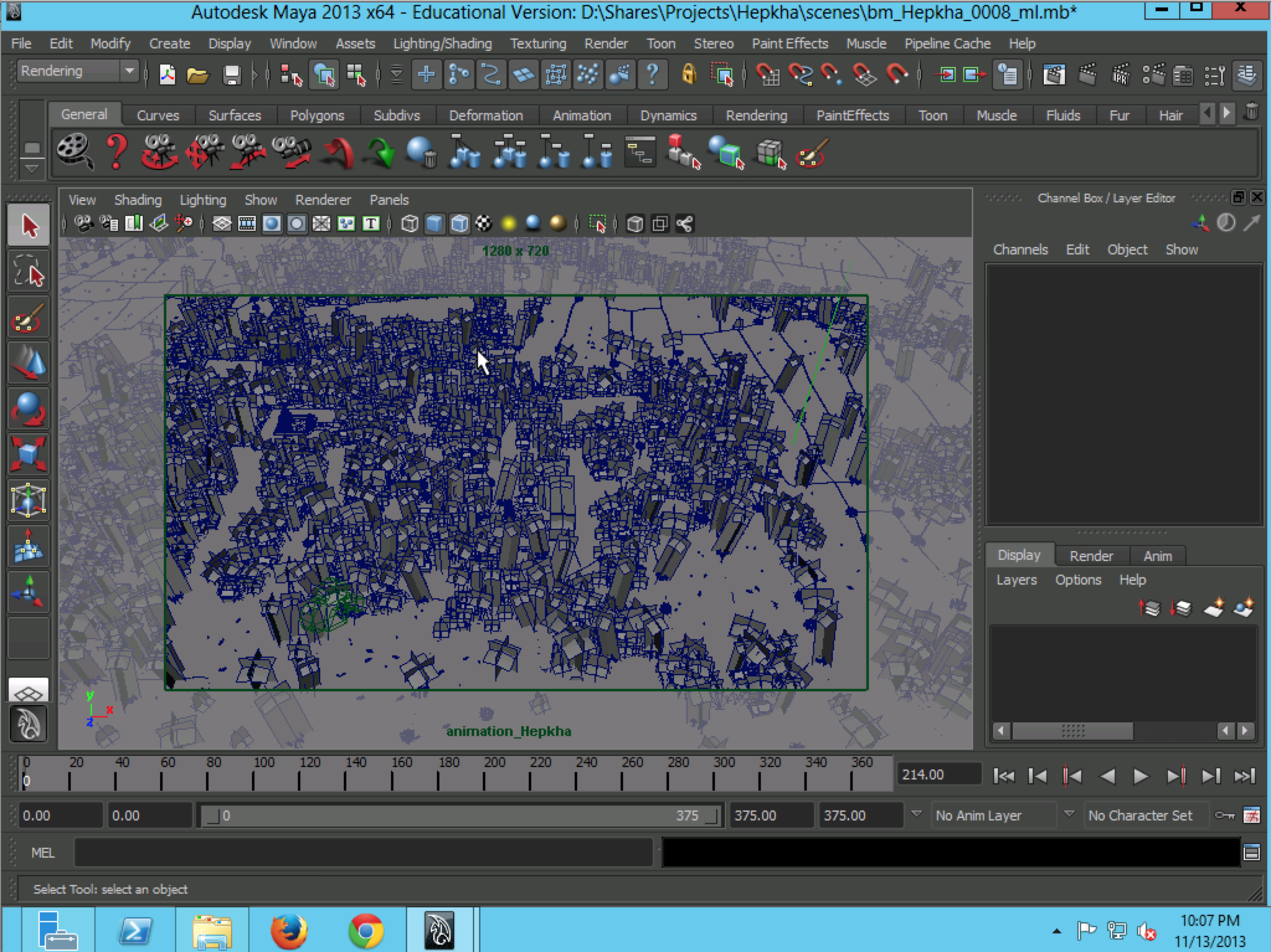Autodesk Maya is a comprehensive software suite that offers 3D computer animation, modelling, simulation, rendering and composition. Maya has been used in various industries to generate 3D assets that are used in film, television, game development and architecture. mental ray is a high performance 3D rendering software for producing highly realistic images using advanced ray tracing techniques. Used by various industry professionals, mental ray has become a standard of photorealistic renderings across many industries.
Tom Chandler, Lecturer, Faculty of Information Technology at Monash University and his team have been using both Maya and mental ray to create highly realistic images and animations for various projects. Their previous render farm was built with traditional desktop machines. As the demand for more resolution, more detail, more frames and more projects continues to increase, they realised that desktop rendering couldn’t provide the capacity and agility to meet their resource requirements. Fortunately Tom heard of a similar render farm the R@CMon team helped in porting into the NeCTAR Research Cloud and then approached us.
The R@CMon team assisted Tom’s team in setting up a Windows Server 2012 environment in the Monash node of the NeCTAR Research Cloud where both Maya and mental ray are installed, licensed and configured. Access to the environment is done using Remote Desktop Connection.

The Maya 3D animation software, running on a R@CMon-provisioned Windows Server 2012 virtual machine.
Tom’s team started migrating their 3D rendering projects into the Maya/mental ray render farm now running on the NeCTAR Research Cloud. One of these projects is The Visualising Angkor Project – “Visualising Angkor Project” Monash University Faculty of IT, 2013. It is a collaborative project between Monash University and University of Sydney which explores the 3D generation and animation of the Angkor landscapes during the medieval period. The project presents some challenges on how virtual Angkor is interpreted based on archaeological and historical data.
The following is the latest animation rendered on the Maya/mental ray render farm by Tom Chandler’s team for The Visualising Angkor Project – “Visualising Angkor Project” Monash University Faculty of IT, 2013. It contains about 1.5 million triangles, 100 materials, 100 textures, and a total of 1275 frames.